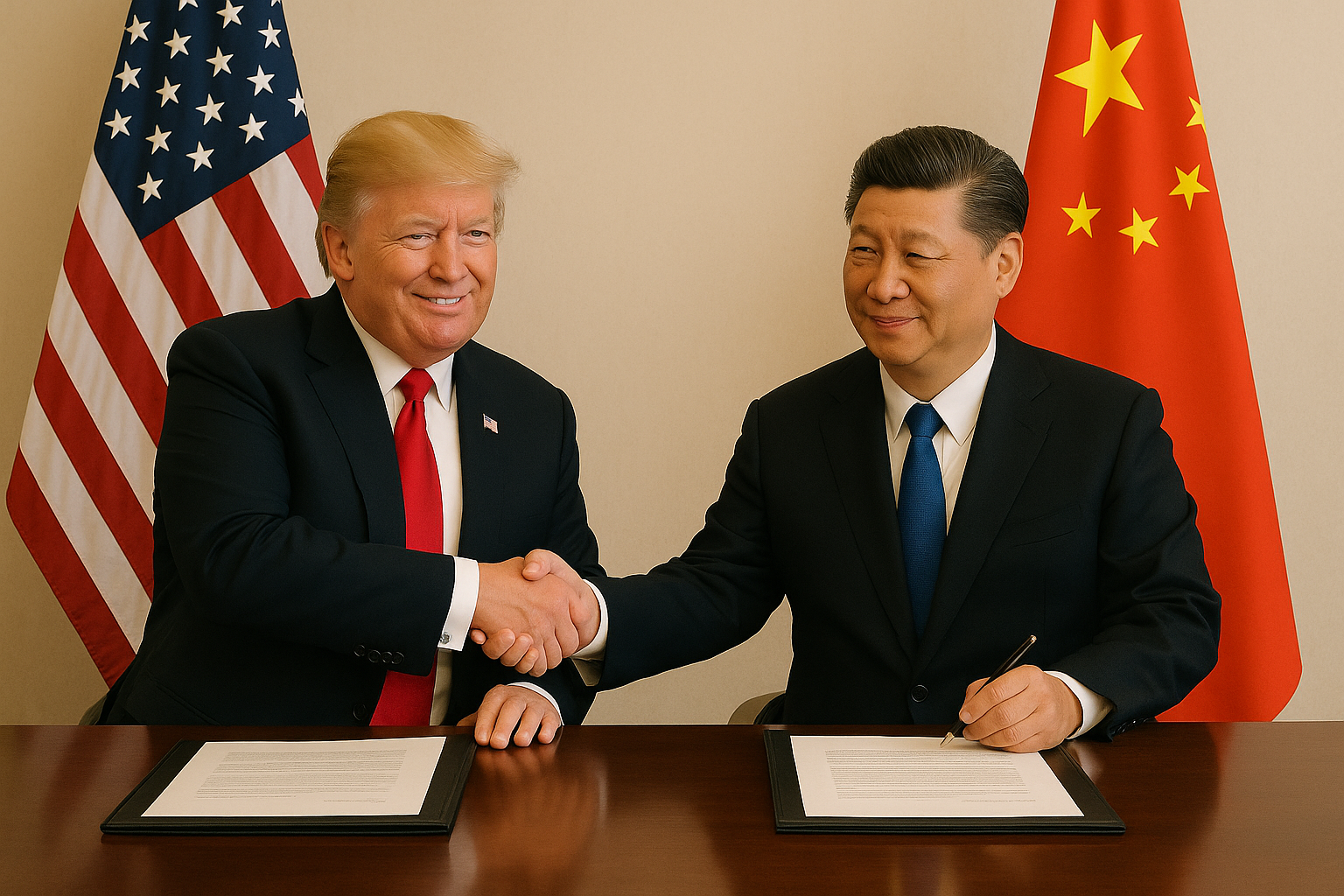

China and the US struck a trade deal on May 12 in Geneva, prompting a collective sigh of relief from businesses and exporters, not just at home, but across the globe. After almost 90 days of retaliatory tariffs and spiralling economic tension, this long-awaited breakthrough spells hope for the aluminium sector that had been buckling under pressure.
 This AI-generated image is for representational purposes only
This AI-generated image is for representational purposes only
Aluminium imports into the US from China peaked in 2022 but have trended downward since. The ongoing calendar year has only intensified the decline, as trade tensions escalated. While the original optimism around steel and aluminium tariffs centred on strengthening domestic production business, the compounding layers of tariffs, first by the US, and then countered by other nations, left a visible dent on the global trade landscape, with American businesses far from immune.
With only four smelters left standing in 2024, the US aluminium scene isn’t just quiet — it’s practically on mute. The pivot to secondary aluminium was seen as a smart hedge, but recent plant shutdowns and job losses across major recycled aluminium producers are casting doubt on how sustainable this Plan B really is.
So, after nearly three months of digging in their heels, the US and China have agreed to a trade ceasefire of sorts. During talks in Geneva, both sides decided to hit pause on the suffocating tariffs, agreeing to not only suspend the bulk of the high duties on each other’s exports but also dial down the pressure on key product categories.
The US’ cumulative 145 per cent duty on most Chinese imports will now shrink to 30 per cent, including those linked to fentanyl, by May 14. On the flip side, China’s 125 per cent tariffs on US goods will come down to 10 per cent, as per the official briefing.
Meanwhile, Chinese state media and influencers were already casting the 90-day tariff pause and trade pact as a homegrown triumph, a reward for Beijing’s resolve and negotiation strategy. According to a social media account affiliated with China’s national broadcaster CCTV, “China’s firm countermeasures and resolute stance have been highly effective.” The buzz is real — on Weibo, a trending hashtag #USChinaSuspending24%TariffsWithin90Days has racked up 420 million views. One user, Chun Feng Yi Ran, added fuel to the patriotic fervour with: “Our ancestors didn’t cave in, why should we give up what we have?” — a comment now puffing thousands of likes.
S&P Global, back in March, had predicted that China’s aluminium scrap imports would likely shrink over the following months as tariffs throttled arbitrage plays. That’s not the only projection that aged well. According to the Aluminium Association’s statistical report, aluminium demand in North America dipped by 3.9 per cent in 2023 from the year before, mainly due to a sharp fall in imports. Domestic shipments of ingot and mill products held their ground, but the drop in import appetite dragged overall demand down.
Encouragingly, Q4 of 2023 saw a modest recovery, helping the region’s demand close out near 2021 levels. The association’s Index of Net New Orders for Aluminium Mill Products hit 114.5 in January 2024, its highest since mid-2022.
Responses








